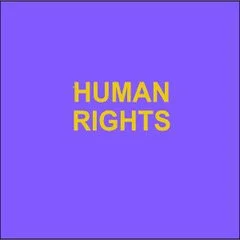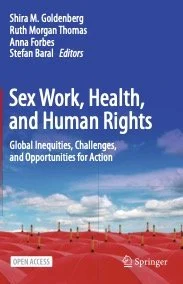Edited by Shira M. Goldenberg , Ruth Morgan Thomas , Anna Forbes, Stefan Baral
This open access book provides a comprehensive overview of the health inequities and human rights issues faced by sex workers globally across diverse contexts, and outlines evidence-based strategies and best practices. Sex workers face severe health and social inequities, largely as the result of structural factors including punitive and criminalized legal environments, stigma, and social and economic exclusion and marginalization. Although previous work has largely emphasized an elevated burden and gaps in HIV and sexually transmitted infection (STI) services in sex work, less attention has been paid to the broader health and human rights concerns faced by sex workers. This contributed volume addresses this gap. The chapters feature a variety of perspectives including academic, community, implementing partners, and government to synthesize research evidence as well as lessons learned from local-level experiences across different regions, and are organized under three parts: Burden of health and human rights inequities faced by sex workers globally, including infectious diseases (e.g., HIV, STIs), violence, sexual and reproductive health, and drug use Structural determinants of health and human rights, including legislation, law enforcement, community engagement, intersectoral collaboration, stigma, barriers to health access, im/migration issues, and occupational safety and health Evidence-based services and best practices at various levels ranging from individual and community to policy-level interventions to identify best practices and avenues for future research and interventions Sex Work, Health, and Human Rights is an essential resource for researchers, policy-makers, governments, implementing partners, international organizations and community-based organizations involved in research, policies, or programs related to sex work, public health, social justice, gender-based violence, women's health and harm reduction.
Cham: Springer, 2021. 272p.





